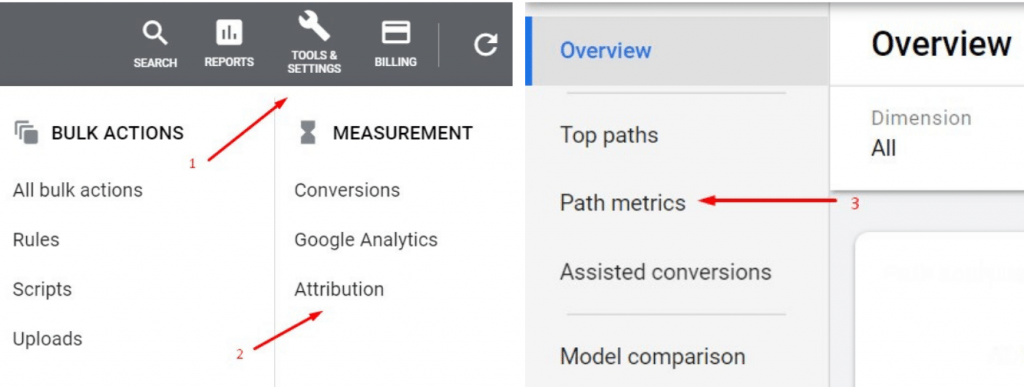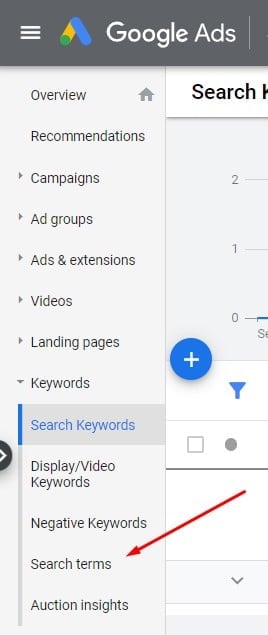Conducting an audit on any account can be quite an intimidating task. You log into Google Ads, see a mountain of metrics in front of you, and you simply don’t know where to start. There is an endless amount of data to comb through, so having a blueprint is vital to delivering an impactful report.
In this post, I will offer tips that help you filter out the noise and deliver concise, actionable insights. This is not an exhaustive list of specific areas to look at inside Google Ads — that would be more of a doctoral thesis than a blog post. The point of this article is to help you have the right mindset going into an audit so that everything you point out has a purpose.
There are plenty of automated tools that will audit an account for you, but those typically miss the mark because they lack strategic insights that only a human can deliver. They are typically effective at finding issues, but never deliver a plan to fix them.
Going into any audit, I make it a point to acknowledge that my brain power is crucial to the effectiveness of the audit. This allows me to spend my efforts delivering strategic, human insights that actually mean something to the person I am presenting to.
The first step to help you deliver an impactful audit also happens to be the most important one: Understand the advertiser’s goals. As the auditor, think of yourself as the doctor and your client as the patient.
Without knowing what your client is trying to fix, you’re basically a surgeon who doesn’t know what part of the body to operate on. You might spend four hours operating on a knee when in reality, the patient needed a triple bypass.
Knowing what specific goals they have — whether it’s a cost-per-lead (CPL) goal or a return on ad spend (ROAS) target — is vital to the audit. I definitely do not recommend auditing an account until you understand the advertiser’s goals.
If the client doesn’t know these numbers off the top of their head, or maybe they say something vague like “I need more leads,” you will need to ask them the right questions to get a general idea of what’s important to them.
These conversations are often difficult and uncomfortable, but they simply must be had. They also display to the client that you are laser-focused on delivering the right results and knowing that information will also help build the framework of your audit.
For example: if the client is a lead generation company, CPL is likely going to be very important to them — whether they know it or not. Ask if they know what percentage of leads eventually become customers, and find out how much each customer is worth to them. If you find out that one out of every ten leads becomes a customer, and they make $1,000 in revenue per customer, then exceeding a CPL of $100 ($1,000/10) probably doesn’t make much sense.
If the client is an ecommerce company, ROAS will most likely be a more valuable metric than CPL. But digging deeper is important – are they looking for profitability or growth? Do they know the lifetime value (LTV) of their customers?
Once you get a goal from the client, start looking for spots where that goal is not being achieved. Select a date range that makes the most sense based on their sales cycle. If it typically takes one day for a click to convert into a conversion, then a short window makes sense. If it takes 30 days, then you want to look at a longer time frame. (The “average days to conversion” metric is available inside the Attribution section of Google Ads.)

Typically, I drill down from the campaign level to start. Using the example above, take a look at campaigns that have a CPL greater than $100. Which campaigns are achieving their CPL goal and which are not? Knowing that will help you prioritize which campaigns to start looking at first. Then continue to drill down to the ad group and keyword or product level to compare performance against their target goals.
Inside a specific search or shopping campaign, one of the first things I do is look for wasted spend through search terms.

If their account is not being properly managed, chances are they have plenty of search terms with lots of spend and no conversions. These need to be pointed out as opportunities to reduce cost and improve efficiency.
Another important piece is looking at impression share. You can lose out on impression share for two reasons:
- Low ad rank
- Low budgets
So if you have a 20% impression share, that means you’re losing out on 80% more impressions due to either low bids (ad rank) or low budgets. It’s possible the account has the wrong bid strategy in place, or that they’re limited by budget. Knowing what their impression share is will help you find opportunities for improvement — either through bids, budgets, or both.
Finally, look for areas where best practices are not being followed. This helps solidify to the client that you know your stuff and completed a thorough evaluation. A few things to look for:
- How many negative keywords are in the account?
- Are they missing any extension types?
- How many keyword bids are carrying the “below first-page” status?
- Are they unknowingly advertising outside the area they want to target?
- Where are they sending traffic, and are the landing pages impacting their quality score?
- Is the ad copy up-to-date and are there enough? It’s considered a best practice to have two to three expanded text ads and one responsive search ad per ad group.
- How does the account perform by device? Could device bid adjustments help?
The list above is hardly an exhaustive list as there is an endless amount of rocks to overturn when doing an audit. Many times you may not find anything interesting or worth mentioning, and that’s totally fine — focus on delivering impactful insights.
If you deliver an audit in deck form, think of each slide as a piece of evidence in a trial. If it’s not something you’d bring up as evidence in a trial, then it’s probably not worth making a slide about it in your audit. Your ability to curate insights that relate to the client’s needs is what will ultimately make the audit succeed or fail. Each slide should have a very specific point to it.
Understand your client’s goals and use that as the foundation of your investigation. Find areas where you can achieve growth, and where you can improve efficiency. Deliver meaningful insights in ways that only a human can. This is how you deliver an audit that will make an impact.








